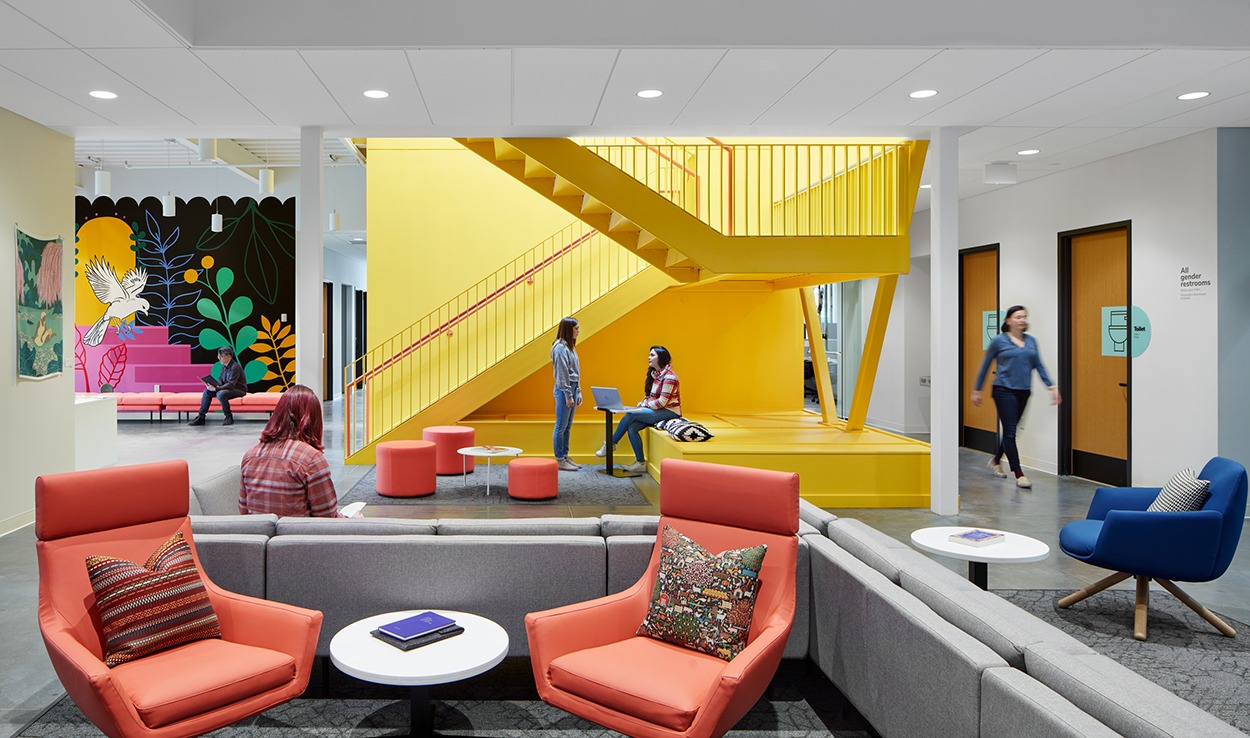Have you ever thought about the impact of design on brain health? I hadn't until recently, when it became a topic of interest for CADRE, a nonprofit design research organization whose board I serve on.
Unlike what many of us might believe, brain health is not about mental health.
Brain health is the state of optimal brain function and overall cognitive, emotional, and psychological well-being. It's about the brain's ability to manage and regulate thoughts, actions, emotions, learning, and memory effectively.
Maintaining good brain health is crucial for daily functioning, mental clarity, resilience against stress, and protection against cognitive decline.
Designing for Brain Health
So how do we go about advancing brain health through the design of our spaces and cities?
That was the focus of the Building Brains Summit presented in October 2024 by CADRE, HKS, and Center for BrainHealth, which I had the privilege to attend, along with a select group of design professionals, real estate professionals, researchers, and others. The day featured discussions about shaping the way we live, work, and learn to explore the future of brain health, brain capital, and the built environment.
Some of the key takeaways were:
- Train your brain—neuroplasticity is possible at any age.
- Invest in the brain economy to address mental, fiscal, and planetary health.
- Create enriching environments for seniors that prioritize flourishing, not just safety.
- Prioritize learning and emotional resilience in high-stress work environments.
- Strengthen our natural connection to nature in both design and practice.
- Explore “experiential plasticity” through diverse, meaningful experiences that foster neuroplasticity.
- Build partnerships and coalitions to bridge research and real-world applications.
Okay, so what exactly is neuroplasticity?
According to experts, neuroplasticity is the “the ability of the nervous system to change its activity in response to intrinsic or extrinsic stimuli by reorganizing its structure, functions, or connections.” Common examples of neuroplasticity are learning a new language or remembering the name of a person you just met.
Why Invest in Brain Health?
Investing in brain health can bring significant advantages to organizations. It can lead to increased productivity and efficiency, improved employee engagement and morale, reduced absenteeism and presenteeism, enhanced creativity, lower healthcare costs, stronger resilience and adaptability to change, and increased employee retention and attraction.
All good stuff, right? So why aren't healthcare organizations or senior living owners/operators doing this?
The simple answer is they don't know about it. Or they put it in the category of mental health. But it's an easy thing to incorporate into the initiatives they are already doing to support their staff -- and patients/residents.
The design of the physical environment can also play a big role in supporting brain health. If we design with brains in mind, that is.
This means incorporating design elements that encourage mental stimulation and social interaction. Ones that help reduce stress, encourage brain breaks, and promote sleep, among other things.
You may be doing all these things in your buildings. But if you frame it in the context of brain health, it becomes much bigger and much more powerful.
P.S. Please do me a favor -- if you liked this post and like this blog, please share it with others by sending them the link or posting it on your LinkedIn, X, or Facebook. Also, don't forget to subscribe, so you'll get emails when new content is posted. Thanks!






